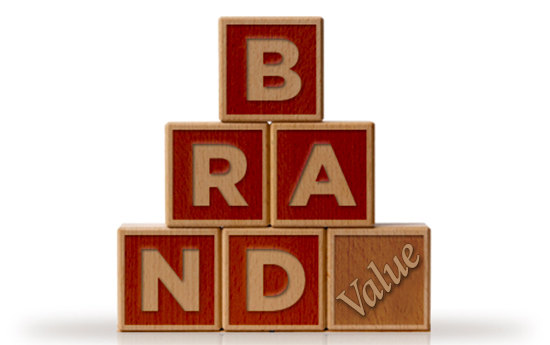Building brand value often feels like a daunting task within the highly competitive space that food and beverage brands reside. Yet, in 2014 global brands managed to achieve a 12% increase in value. It is tempting to attribute this feat to deep marketing pockets, but there is more to it than that. Here are some things that any brand can do to help retain and build reputation, to check declines, and effectively leverage the upticks in consumer preferences and the economy.
1. Latch onto a star category. Many food product categories are experiencing increased consumer interest and growth. If you are fortunate enough to have brands in these rising star categories, now is the time to invest in meeting the increased demand these product categories are currently enjoying. If your food brand does not fit neatly into one of these growth categories, look for ways in which you can expand your brand such as mergers/acquisitions, partnerships, and licensing or co-branding opportunities.
2. Tackle your social issues. A few food and beverage categories are facing reputational issues, such as carbonated beverages that are under attack in terms of healthy choices. Reputational issues can drag down brands even though there are products within the brand family that do not have reputational issues. Even if your brand’s product category has the potential to face issues that are intertwined with deep consumer sentiments such as environmental, social, or health issues, facing those issues openly can help minimize the downsides. While addressing your social issues openly may not grow your brand, it will help mitigate a decline in your brand value.
3. Integrate your market share. Every food and beverage product has its share of the market within its category. Brands become more valuable to both their owners and their consumers when they can integrate their market share with the “life share” of their consumer audience. What we’re talking about is brands that consumers have developed a trust and dependence upon to the degree that whatever the eating or entertaining occasion, they cannot imagine not consuming or serving the brands’ products. For example, Campbell Soup brand enjoys this life share status through the classic green bean casserole that is ritually served for holidays and family gatherings throughout the year. The ability to wed brand market share with consumer life share is a brand building strategy.
4. Be more convenient. Food and beverage brands can help increase their value by increasing their convenience to consumers. Convenience encompasses many areas of product branding…packaging, ease of use/preparation, variety of applications/eating occasions, portability, and distribution/retail availability. Brand owners should continually evaluate these aspects of convenience, looking for ways to improve brand value.
5. Keep checking your appeal. Checking your brand appeal should be an ongoing effort. Consumer preferences evolve over time, and food brands that don’t evolve with them can find themselves left behind. Your brand appeal ranges from product formulations and varieties, the appeal of your packaging design and materials, website, social media, and advertising…all of these are touch points your brand has with consumers. Maintaining brand relevance not only helps to retain brand value, but helps grow the brand by appealing to new audiences.






